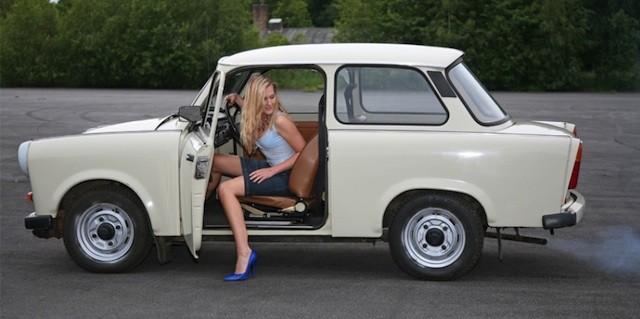
Ford has its Explorer, Chevrolet its Trailblazer, Nissan its Pathfinder, Land Rover its Discovery, Mitsubishi its Outlander, Toyota its Landcruiser … all English language handles meant to conjure up visions of adventure.
But what of monikers like Prado (Toyota) or Pajero (Mitsubishi)? Prado means “pasture” in Spanish. Pajero roughly translates as “wanker” in slang Spanish, although it is said Mitsubishi borrowed the name from that of a large cat in South America.
Prius (Toyota) is Latin for “before”. Kuga (Ford) is said to be a Slovenian word for “plague”. Demio (Mazda) is Spanish for “mine”. Camry (Toyota) is the Anglicised version of the Japanese “kan-muri”, or “little crown”. “Passat” (Volkswagen) is German for “trade wind”. Touareg (VW) is the name of nomads in the Sahara desert.
So what’s in a name? Plenty these days because the industry is running out of them. In 1985 there were about 75,000 trademarked automotive names. Today there are 800,000.
A report in the US Automotive News says the car industry is looking at a new naming strategy. It is: keep the old names alive for as long as possible; use common names instead of multiple names; use numbers instead of words; resurrect a golden oldie if necessary.
Name changes are costly, says the weekly magazine. A rule of thumb has it at US$100 million in advertising to launch a new car, and US$200 million for a car with a new name.
Some part of every ad dollar must be diverted into making sure the consumer knows what the car with the new name is, where it belongs in the carmaker’s line-up and what it does.
The Internet is a big factor, says Automotive News. Customers worldwide are simultaneously looking for product information online, but they don’t need to be confused by a car that is called one thing in Europe and another in the US.
Sybille Kircher, director of Nomen Deutschland, a branding consultancy based in Dusseldorf, Germany, that guides carmakers to new product names, says carmakers not only have to make sure a car’s name is safe to use in its domestic market, but also that it is free to use in often diverse export markets.
Nomen is the company that named the Toyota Yaris, Volkswagen Touran and Lotus Evora, among many others.
Part of the new naming equation requires carmakers to stay on top of an ever-changing public mood. For European markets lately, she told Automotive News, that has meant steering away from words that sound East European or Russian, even though carmakers are targeting Russia and East Europe as potential growth markets.
“We’re finding that people don’t have a good response to names that sound East European,” she says.
New Zealand’s best selling car so far this year is the Toyota Corolla. The name means “the petals of a flower.” In Britain, the Corolla is called the Auris, Latin for the workings of the ear.
Probably the world’s worst car was the East German Trabant (at top). Its Communist-era body was made of recycled cotton and wood fibers backed into plastic called Duroplast.
The Trabant didn’t have brake lights and its engine ran on a two-stroke mix of petrol and oil. Trabant in German means “satellite”.
